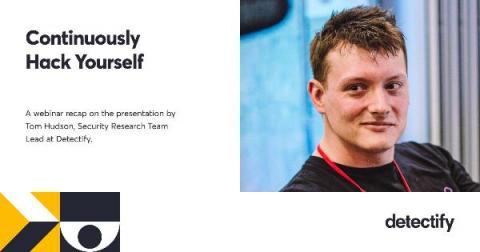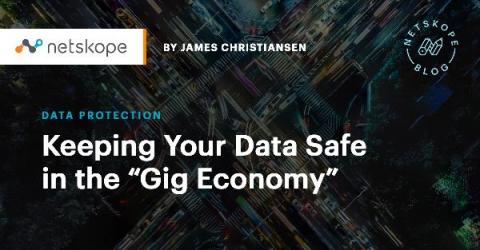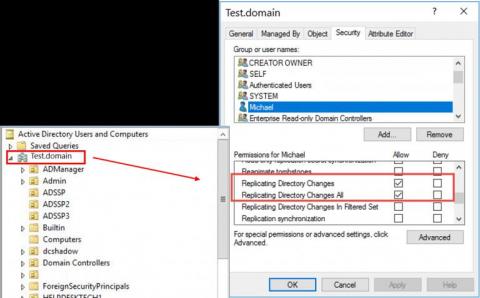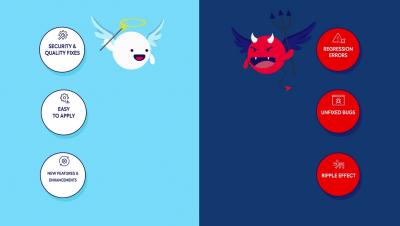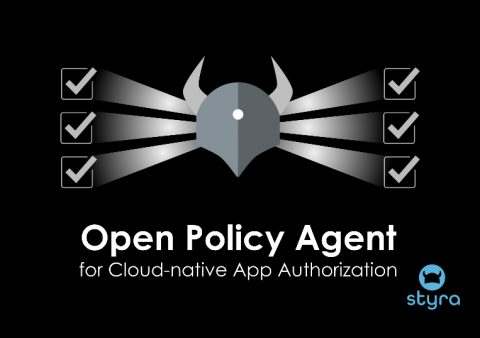Continuously Hack Yourself because WAF security is not enough
Have the WAF security companies got you thinking that a firewall is enough? In a modern landscape, development and security move faster, and so do web application vulnerabilities. Unfortunately, WAF doesn’t prevent many of these events, and hackers of all hats have known ways of bypassing WAF to exploit common and creative web vulnerabilities.


